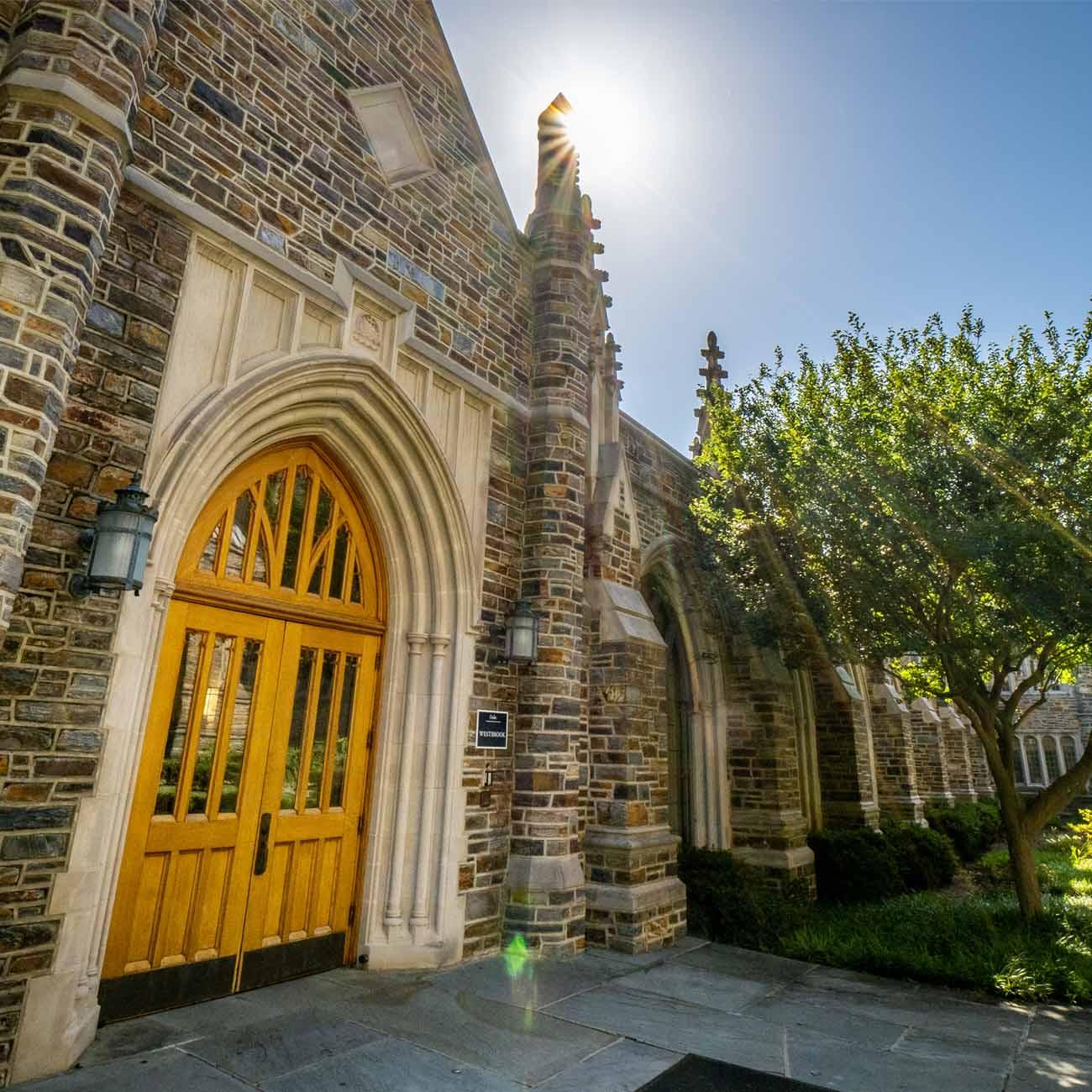The forest works on a different time scale.
Duke Forest, 7,000 acres in six divisions sprawled across Durham, Orange, and Alamance counties, where hardwoods tower and even Highway15-501 becomes a distant rush that actually might be a river, or the wind in the pines. When life speeds up, the forest slows it down.
Consider the Stony Creek, which runs through a culvert beneath the forest trail into the peaceful, little-hiked Edeburn Division of the forest. On a bright fall day, you see other hikers and even a couple of bicyclists in spandex, despite signs proscribing bicycles. Late mosquitoes trouble you as you sit by the creek, listening to cicadas and the pops as falling acorns hit leaves on their way down. A monocular carry helps you identify the laughing bird cry you’ve been hearing as a pileated woodpecker. Bluejay shrieks need no identification. Japanese stilt grass fills the ditches by the road as the creek chatters over rocks downstream. Upstream a dam looks too even to be natural, but a somewhat squishy investigation shows it’s nothing but sticks. Some still have tooth marks from the beavers that put them there. An orange butterfly makes its helter-skelter flight in the silence, and on the still pool by the dam you see water skeeters, both the leggy kind and the buggy kind. Green lichens spread over rocks, and mosses cover a tree stump dappled in sun. You sometimes hear a car go by on Old N.C. 10.












